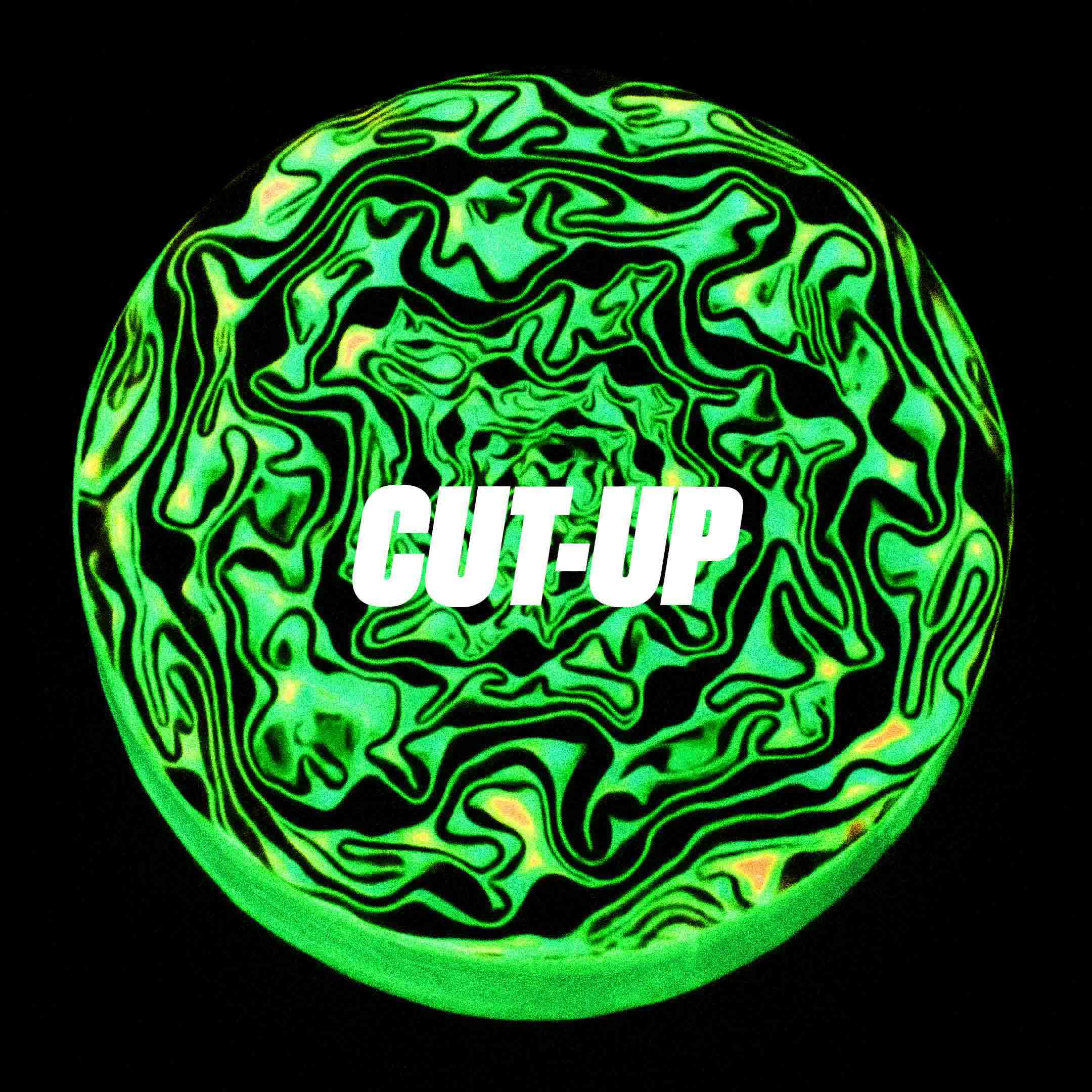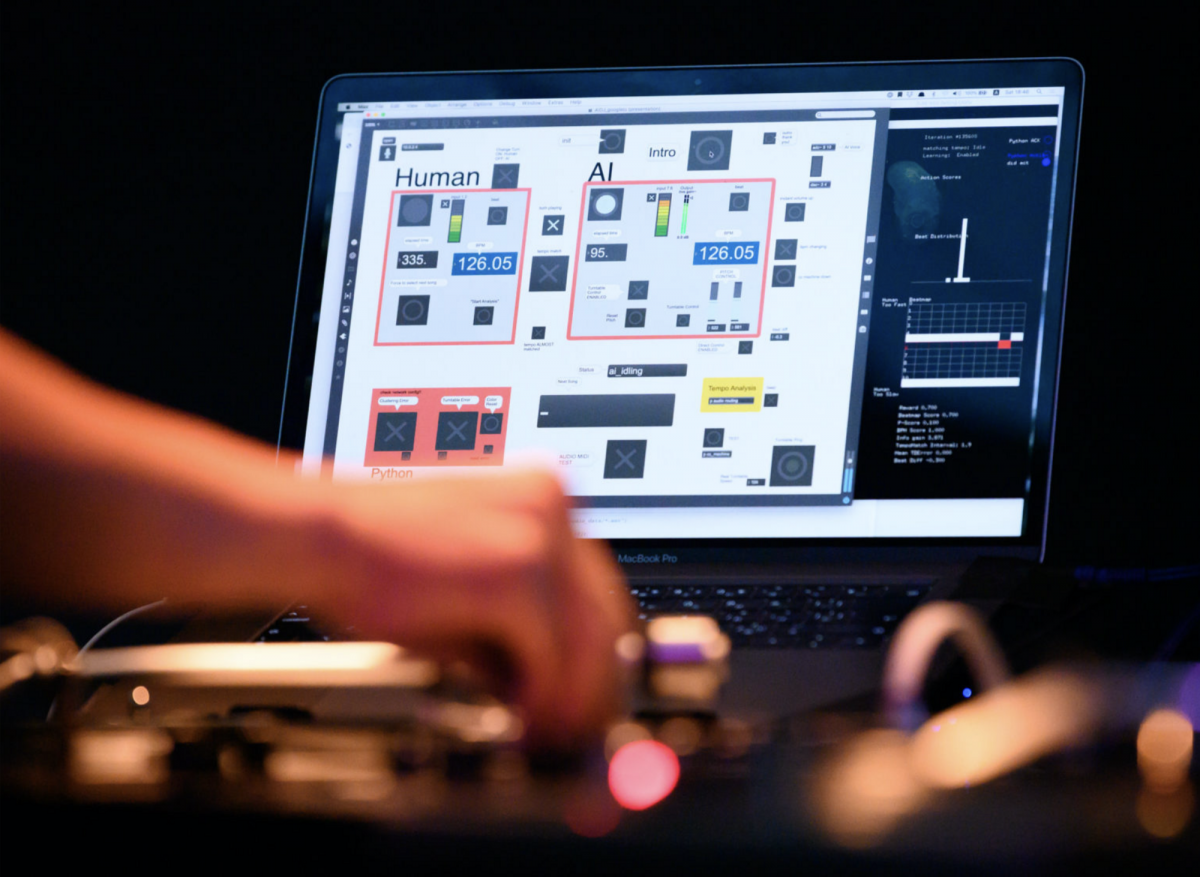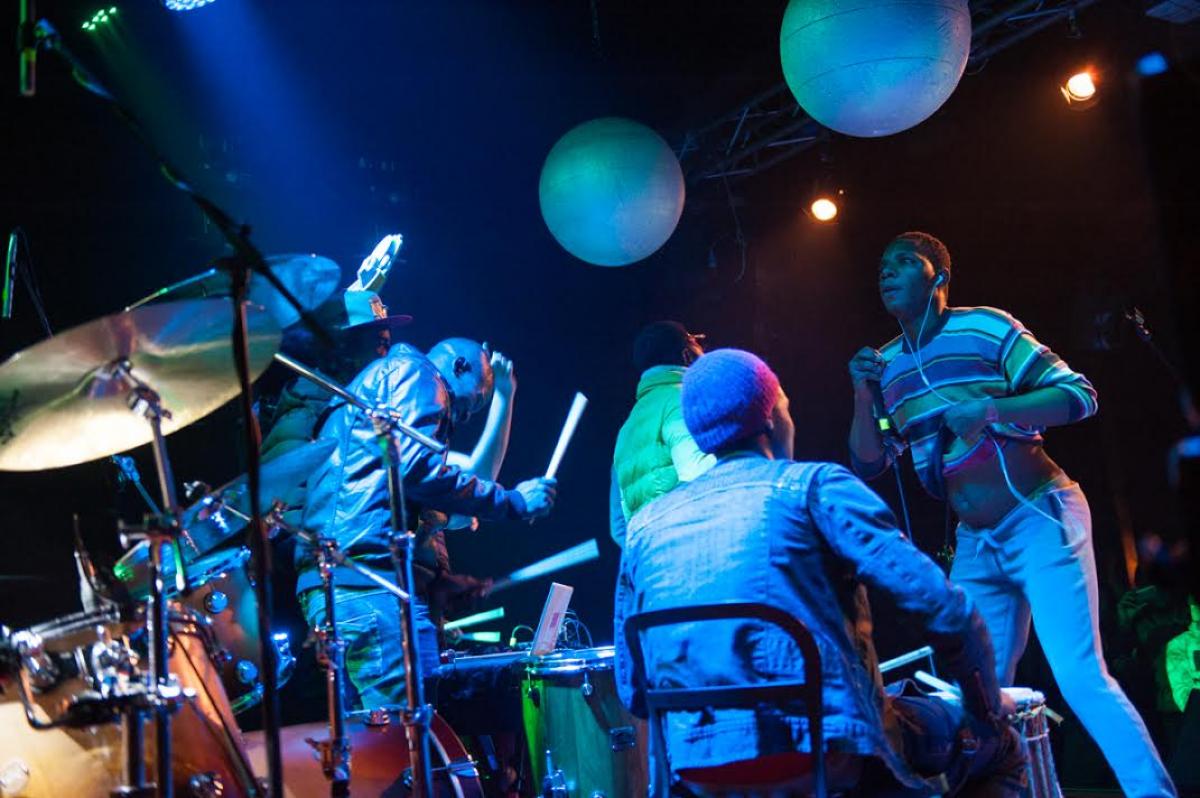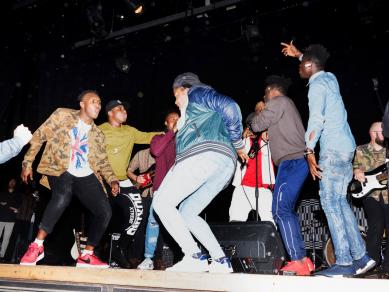
Cut-Up as Political Practice
The cut-up technique, developed by writer William S. Burroughs in the 1960s, can be considered one of sampling’s predecessors.1 Originated as an experimental way of compiling texts, he extended this technique to sound as well: Burroughs developed methods that, by cutting, recombining, and damaging recorded tapes, reveal qualities of the underlying medium that are responsible for defrauding the reality. Burroughs’ logic of the perverse agent stealthily using the medium for manipulation by producing an illusion of semiotic normality seems foreboding of 21st century phenomena like the Facebook-Cambridge Analytica scandal. Today, as our author argues, the paranoid mythopoetics of William Burroughs can be read as an astonishing and precise premonition.
Although generally credited to Burroughs, the cut-up practice was introduced to him by the artist Brion Gysin during the period when they both lived in Paris in the late 1950s. Burroughs was introduced to this technique when he returned from a brief stay in London. Gysin showed Burroughs what he had discovered in his absence: He had been in his room making a picture collage using a box cutter, incidentally slicing through some newspaper underneath it, when the new juxtapositions and associations of the cut-up newspaper suddenly struck him as interesting and funny. He had just invented the cut-up method which would dominate Burroughs’s work in the 1960s (Baker 2010, 224).
The random recomposition of fragmented texts was not a novelty; similar methods had already been employed throughout the first half of the twentieth century. However, beyond the literary results of this method, this technique became increasingly important for Burroughs, extending to the sound field with magnetic tape cut-ups.
How Sound Manipulates Perception
Burroughs states that «what we see is determined to a large extent by what we hear» (Burroughs 1994, 205). Thus, even considering the cultural centrality of vision in the formation of what we call reality, it becomes possible to produce substantial meaning inflections by introducing certain sound elements to accompany image manifestations. In this condition, it is assumed that there is a considerable degree of arbitrariness in the sense correlation between sound and vision, as Burroughs himself suggests: «people running for a bus in Piccadilly with a soundtrack of machine-gun fire looks like 1917 Petrograd» (ibid.).
Therefore, there is a permanent paranoia that what we see may present itself fraudulently, since falsifying the sound environment in which a certain phenomenon manifests itself also changes its meaning. For Burroughs, such semantic deflection using sound is ostensibly used as a control and manipulation weapon by agencies ranging from alien conspiracies to organizations like the CIA and KGB. Through the intentional and surreptitious introduction of sound fragments into «natural» sound environments, certain emotional reactions that favor the stealthily operative agent behind are proliferated or amplified.
Producing the Transparency of the Medium
It is possible to approximate Burroughs logic to the remarks made by the German art critic and media theorist Boris Groys. In his book Under Suspicion, Groys states that when any text, picture, song, or aesthetic object is examined, it is possible to focus either on its representational level of signification or on the underlying medium that carries or sustains this signification, but never on both dimensions simultaneously. For example, in order to see the canvas, we have to turn the painting around, if we want to examine what TVs or computers look like inside and how they function, we have to first turn off the apparatus and also extinguish the pictures sustained by the apparatus (Groys 2012, 12). This incongruence between materiality and meaning produces, according to Groys, the suspicion of the existence of a hidden power or mysterious force operating behind the scenes – a quasi subject secretly controlling our media and their pictures of reality (ibid., viii).
Regarding the sonic field, Burroughs states that his cut-up technique, as well as others such as reverse playback, slowing down, and accelerating playback speed, applied to magnetic tape are a powerful device for coping with these control subjects. When sounds are recorded, their energetic character is physically connected to the concreteness and permanence of matter (Iazzetta 2015, 7) and thus they become susceptible to manipulations that are impossible when they manifest themselves naturally as an ephemeral phenomenon. By damaging, recombining, and deforming sound material, Burroughs attacks the usual coherence of semiotic phenomena we are used to and produces a kind of disenchantment by revealing the material dimension that supports the conveyance of familiar signs. Consequently, a transparency of the medium is produced and thus possible subjects operating behind it are revealed.
The Suspension of Semiotic Normality
Beyond the aesthetic dimensions of cut-up practices, it is essential to pay attention to the political role they play. In 2017, the Facebook-Cambridge Analytica scandal began with the article «The great British Brexit robbery: how our democracy was hijacked» published in The Guardian (Cadwalladr 2017). The article revealed the misappropriation of digital assets, data mining, data brokerage, and data analysis with strategic communication during electoral processes. The harvesting of personal data of millions of peoples’ Facebook profiles without their consent and the use of them for political advertising purposes embodies precisely the suspicion Burroughs’ wrote about more than fifty years ago. It seems like Burroughs anticipated to a certain extent the role that the fraud of a semiotic environment would play in producing precisely-programmed emotional reactions for political purposes.
By cutting up and altering sounds, Burroughs’ showed that the reallocation and deformation of signs produces a suspension of normal expected coherence and thus radically exposes the medium that carries them. To nowadays recover Burroughs’ cut-ups is to recover a political practice that perhaps makes more sense than ever. At a time when the meaning of democracy is challenged by the power of algorithms, the revelation of the medium by suspending the semiotic normality of our virtual and natural environment assumes a fundamental role: the production of a political conscience by uncovering the subjects operating perversely behind them, and in doing so making the enemy targetable. For that, sampling techniques show themselves as a powerful weapon as they allow the material manipulation of signs and thus, inevitably, direct attention towards the underlying medium.
- 1. «Sampling» is understood in this article as the process of capturing a discrete semiotic fragment of a certain context and transposing it to another. Regarding the sonic field, this process became possible after the development of technologies that allowed the recording and playback of sound.
List of References
This article is part of Norient’s online publication Sampling Politics Today, published in 2020 as part of the research project «Glocal Sounds – Re-Working and Re-Coding Place References» (No. 162797), funded by the Swiss National Science Foundation (SNSF) and supported by the Bern University of the Arts HKB.
Bibliographic Record: Fernandes, Vinícius. 2020. «Cut-Up as Political Practice». In Sampling Politics Today, edited by Hannes Liechti, Thomas Burkhalter, and Philipp Rhensius (Norient Sound Series 1). Bern: Norient. DOI: 10.56513/nftg6449-22.
Biography
Published on September 24, 2020
Last updated on April 09, 2024
Topics
Sampling is political: about the use of chicken clucks or bomb sounds in current music.
How did the internet change the power dynamic in global music? How does Egyptian hip hop attempt to articulate truth to power?
What is «Treble Culture»? How does what one hears affect what one sees?
Special
Snap



